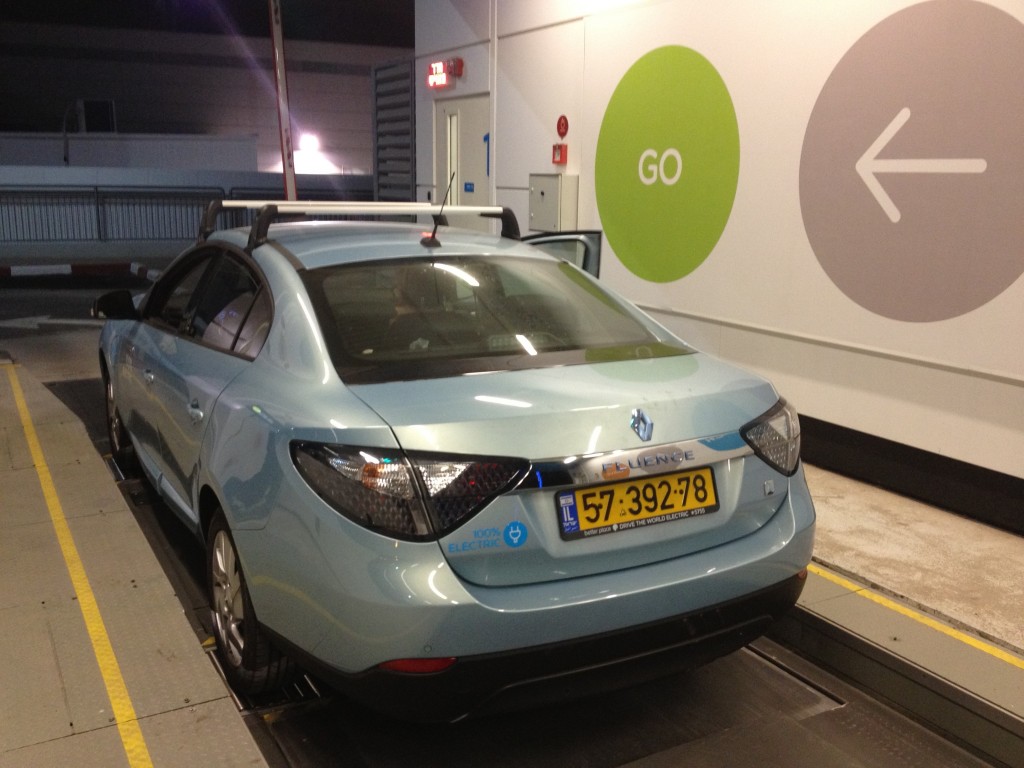On May 26, 2013, a decade ago next week, Israeli electric car startup Better Place went to a better place, figuratively if not literally.
That is to say, the once-promising company, which had raised nearly a billion dollars in VC and institutional funding, ran out of money and was forced to file for bankruptcy.
There are many reasons for the company’s demise. Indeed, pointing fingers has become an Israeli pastime.
It was the management.
No, it was the board.
It was Renault’s fault.
No, it was the business model – people preferred fast charge to swapping batteries in a robotically-controlled switching station, which was Better Place’s raison d’etre.
All those are true, although the real reason the company had to close its doors has as much to do with corporate bylaws as it does bad decisions.
Chairman of the board Idan Ofer, Israel’s richest person at the time, was ready to put more cash into Better Place, so as not to see his hundreds of millions of dollars in investment turn into something akin to the sludge mined by his Dead Sea Works operation.
A previous investment round, however, stipulated that, for existing investors to put any further money into the company, at least one new investor must be recruited.
That proved to be insurmountable as the company hit hard times: By mid-2013, Better Place was on its third CEO. Even worse, Renault, which made Better Place’s sole electric vehicle, the Fluence Z.E., stated publicly it would no longer be making battery-swappable EVs.
With no more than 1,000 cars sold in Israel (far short of the company’s first year sales projections of 4,000 vehicles), there was little to recommend the company to fresh capital.
Which is a shame, as there were a number of proposals that could have kept Better Place going.
Not that any of these would have been good for Better Place drivers in Israel.
Dan Cohen, the company’s CEO starting in early 2013, for example, proposed shifting the company’s center of gravity to China, where Better Place was in advanced discussions with local utilities and had a working demo center.
But, as Cohen explained to me for Totaled, the book I wrote about the rise and fall of Better Place, a pivot to China would have required $500 million and six months to get to profitability.
Evan Thornley, who succeeded Shai Agassi as CEO before being ousted for Cohen, floated an alternative approach, focusing not on Asia but on Europe and Australia, where the company also had operations.
Better Place was, in many ways, a victim of its own success.
“We raised too much money too soon,” Quin Garcia, who built the company’s first electric prototype, told me. “Raising too much money causes startups to achieve an inflated valuation.”
It was the valuation that ultimately killed Better Place.
Better Place was a “unicorn,” the term for companies with a valuation of over $1 billion. (Better Place’s was $2.25 billion.) That may sound impressive, but it meant the only types of investors who could afford to jump in were the big banks like HSBC which had participated in previous Better Place rounds. But, as conservative investors, they were put off by a company in trouble.
As for the venture capitalist world, which is more risk-tolerant, the company’s valuation was simply too high.
The bankruptcy wasn’t the end of Better Place’s bumpy road, however.
Israeli owners of the Renault Fluence Z.E. refused to give up. Even after the swap stations had been shuttered, they figured out ways to keep driving using apps like PlugShare, which allowed car owners to navigate to charge spots in other people’s backyards if they needed an urgent boost.
Some car owners carried portable chargers in their cars’ trunks, which they’d plug into a standard power outlet in a mall parking garage.
Indeed, so badly did Fluence Z.E. drivers – including my wife, Jody and me – want to keep our cars that, when we, along with other owners, sued Renault following the bankruptcy, it was not to get our money back but to procure new batteries. But when Renault made us an offer for half of what we originally paid for our now four-year-old car, we took the cash.
There are still about 50 Better Places cars still driving in Israel, according to Doron Cohen, a mechanic in Hadera who fixes electric vehicles.
Cohen told me he’s Jerry rigged a Fluence Z.E. battery that can get up to 250 kilometers on a single charge. That’s nearly as good as many EVs on the roads today.
Cohen’s battery is one that Joseph Shaw would love to get his hands on.
Shaw, who lives outside of Jerusalem, bought his Better Place car after the bankruptcy.
“A family was selling their two-year-old Fluence,” Shaw told me. “It had just 18,000 kilometers on it and the price was right.”
Ten years after Better Place’s demise, the EV world has changed dramatically. Every automaker is working on new electric models, General Motors has pledged to stop making gasoline-powered cars entirely by 2035.
Nowadays In Israel, it seems like every other car I see is either a Tesla or a Geely or a BYD. (The latter two are Chinese electric carmakers.)
After Better Place went belly-up, Jody and I begrudgingly bought a gas-powered Suzuki. But I have a feeling our next car will be 100% electric again.
For that, we must thank Better Place for helping to put the electrification of vehicles on the tech world’s agenda.
Better Place, the company, may not have lasted. But the vision lives on.
I first eulogized Better Place on this auspicious anniversary in The Jerusalem Post.


